All Stories
-
 Astronomy
AstronomyStars with too much lithium may have stolen it
Some small stars have extra lithium before they grow old, suggesting they get extra amounts of the element from an external source.
-
 Tech
TechNew technique could help spot snooping drones
There may be a new way to tell if a drone is creeping on you or your home.
-
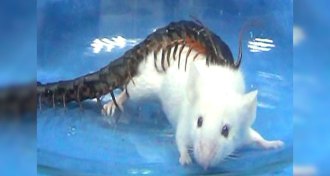 Health & Medicine
Health & MedicineHere’s the key ingredient that lets a centipede’s bite take down prey
A newly identified “spooky toxin” launches a broad attack but might be eased with a version of a known drug.
By Susan Milius -
 Astronomy
AstronomyMysterious high-energy particles could come from black hole jets
Three types of high-energy cosmic particles could all have the same source: black holes in galaxy clusters.
-
 Planetary Science
Planetary ScienceMassive dust storms are robbing Mars of its water
Mars was once lush with water. A new analysis of Martian climate data shows a mechanism that might have helped dehydrate the planet.
By Dan Garisto -
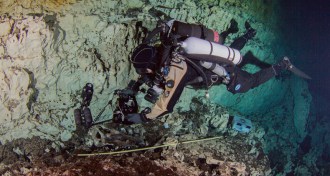 Anthropology
Anthropology‘First Face of America’ explores how humans reached the New World
New documentary shows how an ancient teen and an infant have illuminated scientists’ understanding of the peopling of the Americas.
By Bruce Bower -
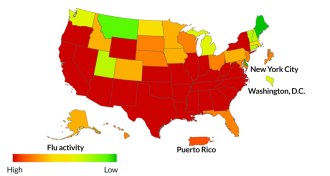 Health & Medicine
Health & MedicineNew twist on a flu vaccine revs up the body’s army of virus killers
A new approach to flu vaccine development makes influenza virus extra sensitive to a powerful antiviral system.
-
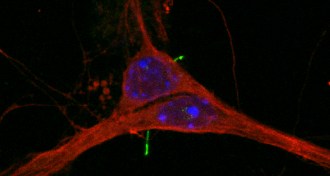 Neuroscience
NeuroscienceCilia in the brain may be busier than previously thought
A hairlike appendage sticking out of brain cells may be much more important in the brain than scientists realized.
-
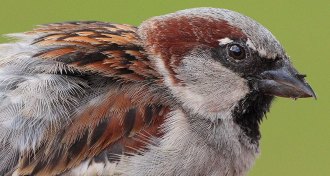 Life
LifeLight pollution can prolong the risk of sparrows passing along West Nile virus
Nighttime lighting prolongs time that birds can pass along virus to mosquitoes that bite people.
By Susan Milius -
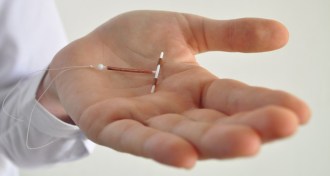 Health & Medicine
Health & Medicine50 years ago, IUDs were deemed safe and effective
50 year ago, the U.S. Food and Drug Administration declared intrauterine devices safe and effective, though officials didn’t know how the IUDs worked.
-
 Microbes
MicrobesThe secret to icky, sticky bacterial biofilms lies in the microbes’ cellulose
Bacteria use a modified form of cellulose to form sticky networks that can coat various surfaces.
-
 Earth
EarthVolume of fracking fluid pumped underground tied to Canada quakes
Study links volume of fracking fluid injected underground with hundreds of quakes in central Canada, and not the rate at which the fluids were injected.